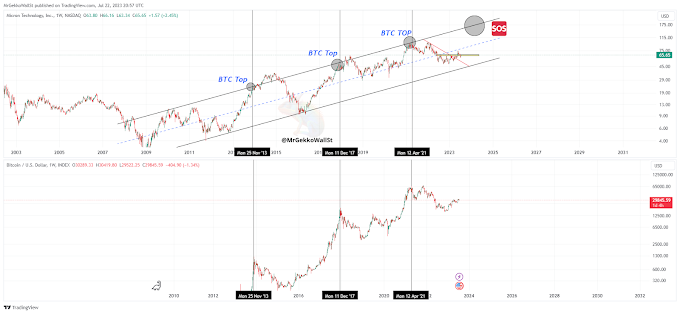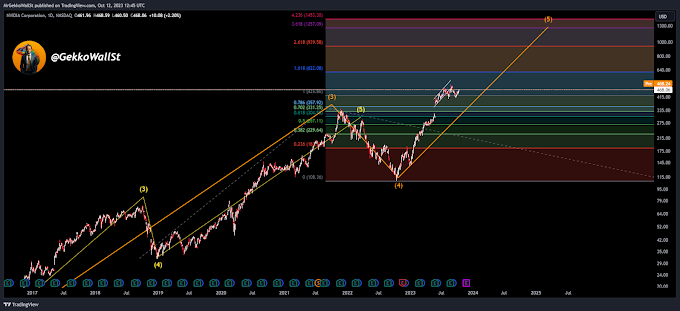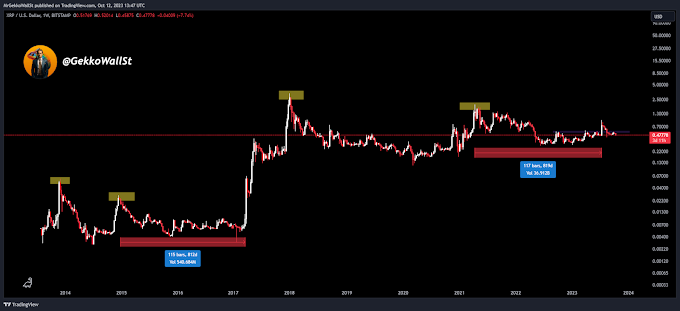Historically, when the S&P 500 experiences a drop of more than 3% in September, yet year-to-date returns remain positive, we can observe an interesting pattern in market behavior in the subsequent months. In particular, October tends to stand out as a notably favorable month, recording an impressive average increase of 3.5%.
This trend doesn't stop there; in fact, when we analyze market dynamics under this specific configuration, an even more remarkable fact becomes apparent: the fourth quarter has never seen a decline, showing an average growth rate of over 9%. This suggests that even after a bout of volatility in September, investors tend to position themselves optimistically in the following months, which can result in consistent and substantial gains during the final quarter of the year.
This historical analysis provides valuable insight into the seasonal and behavioral trends of financial markets. Investors may consider this data as part of their decision-making strategy, although it's important to remember that past performance does not guarantee future results. Still, understanding how markets react to specific scenarios can aid in formulating more informed and well-grounded investment strategies.
.png)




